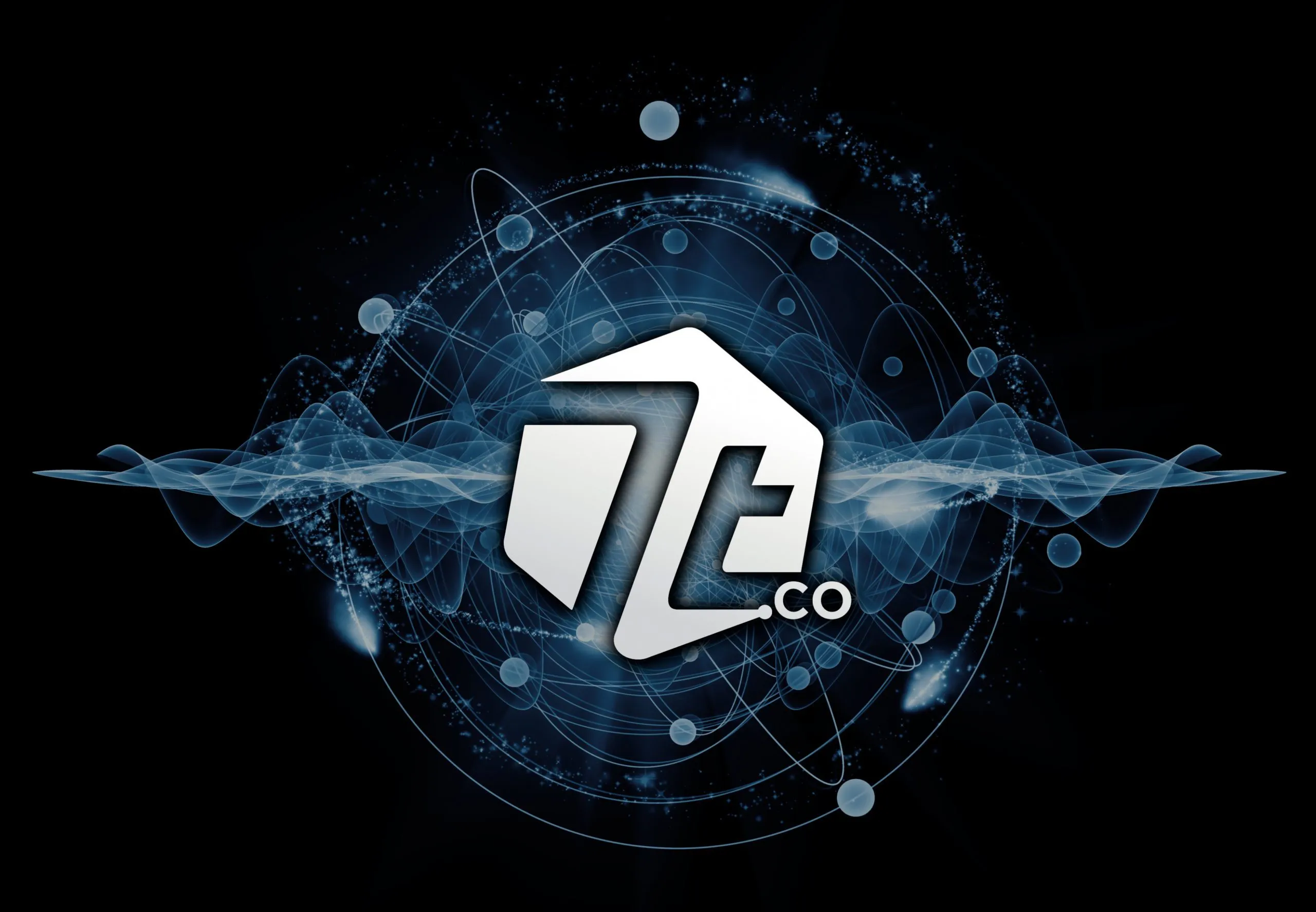Building a new enterprise software platform is no small feat, as ERP systems, CRM software, enterprise mobile apps and other similar business software interfaces tend to be large, feature-rich platforms that are often used by large swaths of a company’s employees. But each team member is going to use the enterprise platform in a slightly different way, making the software development process rather complex since you’ll need to consider many different perspectives. For this reason, it’s essential that companies take a collaborative approach as they’re preparing for software development projects.
Building a software requirements document is perhaps the single most important task that a business will perform as they’re preparing for software development — this is precisely the time when you should engage representatives from all of the departments / divisions that will be using the new enterprise platform.
What is a Software Requirements Document?
A software requirements document or SRD is a comprehensive roadmap that will detail everything from how the software will be used, who will be using the platform and any anticipated roadblocks or obstacles. A typical software requirement document includes:
- Project scope and development phases;
- Details on features and functionalities;
- Technical specifications;
- Design / aesthetic preferences;
- Integration requirements;
- Security and encryption requirements;
- Scalability and evolution considerations; and
- User profiles and insight into how each type of user will be interacting with the software platform.
A SRD will serve as the roadmap for your software development project, but if a business omits critical information or if those compiling the software requirements document lack the necessary insights, you could be set up for failure before the developers have written a single line of code. This is why collaborative input is so essential during the early phases of the software development preparation process.
Getting Collaborative Input for Your Software Requirements Document
To ensure your Software Requirements Document accurately reflects your organization’s needs and workflows, it’s important to engage representatives from across all departments, divisions and roles. Ideally, the SRD should be developed with input from representatives working in each and every position / role that will be utilizing the platform. While it may seem easier to involve only team leaders, supervisors, department heads, etc., this can lead to problems down the road because they may lack key insights.
Beyond gathering information into how each user type interacts with the various features and functionalities within a software system, it’s important to host collaborative discussion sessions so everyone hears about the others’ needs in an enterprise software platform can be extremely useful, as it often leads to “me too” moments and realizations that may have otherwise come too late.
The most effective software development preparation efforts involve individuals from all regions of an organization, leading to the development of a robust, user-friendly enterprise software system that will serve the business well for years to come.
Ready to Create a Software Requirements Document?
Creating a SRD requires a a rather significant effort, so that’s why the team here at 7T has compiled an informative ebook on how to create a software requirements document in a way that will maximize your ROI. At 7T, we specialize in digital transformation by developing mobile apps and software platforms that feature emerging technologies, from mobile app development, custom software projects such as CRM platforms and ERP development, or Snowflake data solutions, we are ready to deliver collaborative, multi-phased software development services to clients in all business sectors.
At 7T, our development team enjoys working with company leaders who are seeking to solve problems and drive ROI through digital transformation. An innovative Dallas software development company, 7T integrates cutting-edge solutions into virtually every project, whether it’s mobile app development, CRM platforms or ERP development, and data solutions. We’re here to deliver collaborative, multi-phased software development services.
7T maintains offices in Dallas, Houston, Chicago, and Austin, but our clientele spans the globe. If you’re ready to start creating your software requirements document, contact 7T today.










